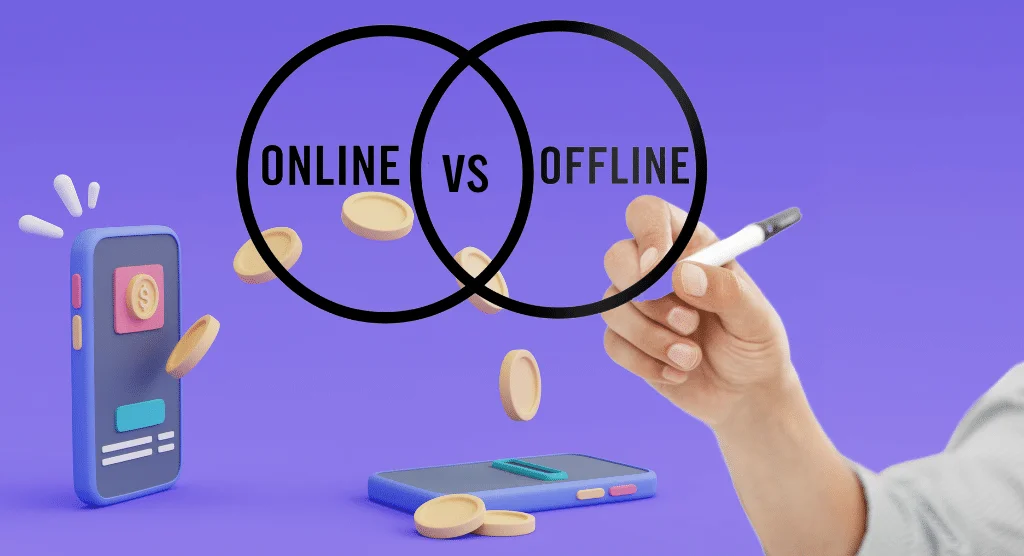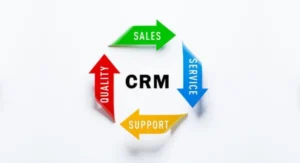Online vs. Offline Money Transfers- Which Is Better?
By TOI Staff
November 25, 2022
Update on : November 25, 2022

Sending money locally or overseas is one of the most important things that people need to do in their lives. However, it can also be challenging to do, especially if you don’t know exactly what you are doing.
There are many different ways to send money online that offer international money transfers, and it can be very confusing which one has the best options for you. In this article, you will detail how online and offline money transfers work and then show which might be better for your particular situation.
Safety and Security
Online transfers are safer because they don’t require you to physically hand over the cash, which means there is no physical risk of losing your money if someone steals it from you. This makes it a preferable choice for people looking to move large amounts of cash quickly or securely.
Offline transfers may be quicker if you want to get on a plane or train straight away, but this convenience comes at a cost: since there’s no electronic record made of your transaction (like with online banking) there’s also no way for anyone else to see where the money has gone either – making it harder for police officers investigating fraud cases if anything goes wrong!
Transaction Modes
When it comes to transaction modes, online transfers are faster and cheaper than offline ones. For example, you can make an online transfer in a jiffy, while an offline transfer may take days to complete.
Online remittances are also safer than their offline counterparts as they don’t require you to carry large amounts of cash around with you or physically hand over money to someone else. This makes them more secure than the typical cash-based model of sending money across borders.
Transaction Costs
If you’re transferring money online, you can use a bank account or credit card. With an online money transfer, you don’t have to worry about fees associated with physical infrastructures like branches and ATMs.
This is because there’s no need for a physical branch or ATM when you’re sending funds through your computer or smartphone. As such, banks can afford to lower their transaction costs without charging higher interest rates or other fees (like annual maintenance fees).
Processing Times
When transferring money, the processing time is a key consideration. The longer it takes for your funds to arrive at their destination, the less helpful your transfer will be. If you’re sending money to someone in another country and need it immediately so they can pay their bills or buy groceries, then there are better options than online transfers for you.
However, if they can wait a few days or even weeks for their funds (which may be the case if they’re paying off credit card debt), then online money transfers are usually faster than offline ones.
As SoFi professionals say, “Some simple steps can be followed to help you safeguard your money.”
In conclusion, the debate between online and offline transfers will always be heated. However, there’s no denying that both methods have their benefits and drawbacks. So the key is to weigh the pros and cons before deciding which option works best for you.
















